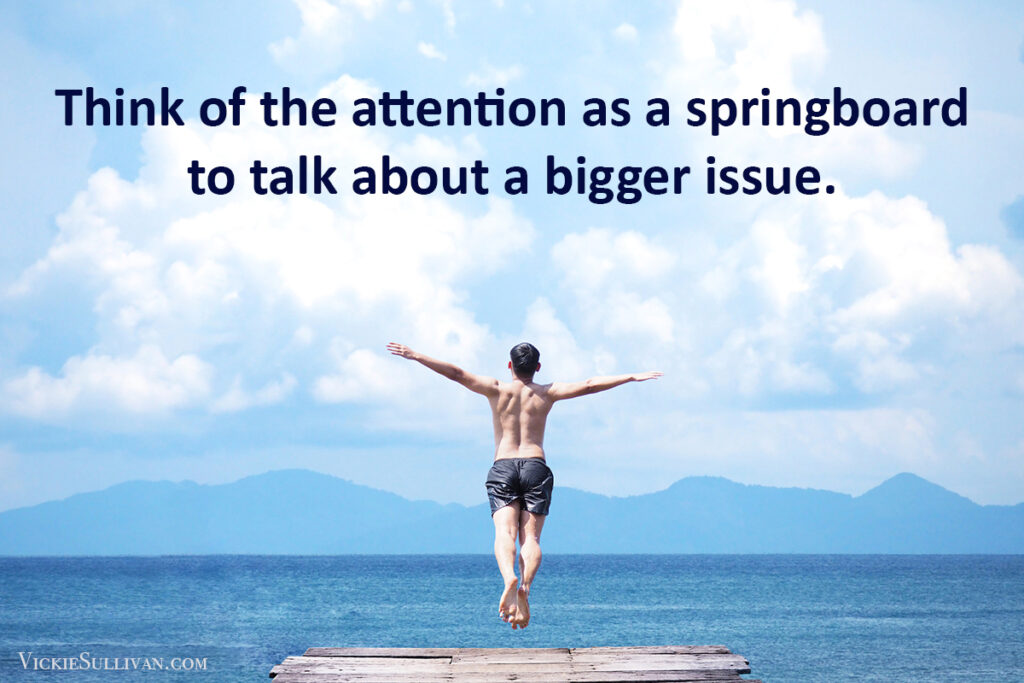Written by: Vickie Sullivan | May 12, 2020
When a Story Won’t Die: Rise Above

As leaders in our marketplace, we often become targets. A great example is something I learned during my Australia trip.
In 2018, the Sydney Opera House came under fire for promoting a horse race on its signature white sails. From a New York Times article: “Sydney’s conservative old guard collided this week with a younger, more diverse electorate. The latter is frustrated over a city and a country that in its view have become enslaved to big corporations at the cost of shared values, and where sports, the right-wing media and rich insiders can dictate policy to politicians.”
Right-wing shock jock Alan Jones went after Sydney Opera House chief executive Louise Herron, who opposed the racing promotion but was overruled by the state premier, Gladys Berejiklian.
Herron’s “rise above” response
I was most interested in Herron’s response when the story wouldn’t die. Media kept asking her for more details about what she was feeling. (I wonder if they would keep asking a man that.)
Instead of saying “no comment,” Herron deflected in a different way. She turned the situation into a truth tied to a bigger issue. By applying her situation in a broader way, she got the spotlight away from the interaction with Jones. She became the example, just one of many.
Listen: A One-Two Punch That Shifts the Attention
I call that the “rise above” response. This strategy works well when a situation won’t go away and when you don’t want to give the other side anything to respond to. By making what happened an example of something bigger, the discussion moves past the details and into the broader discussion. When that happens, your role transforms from main player to the Greek chorus. Exactly where you want to be.
It’s tempting to shut a discussion down when you tire of responding. Instead, think of the attention as a springboard. Ask yourself: What’s the bigger issue? Then highlight that.
Now Read This:
